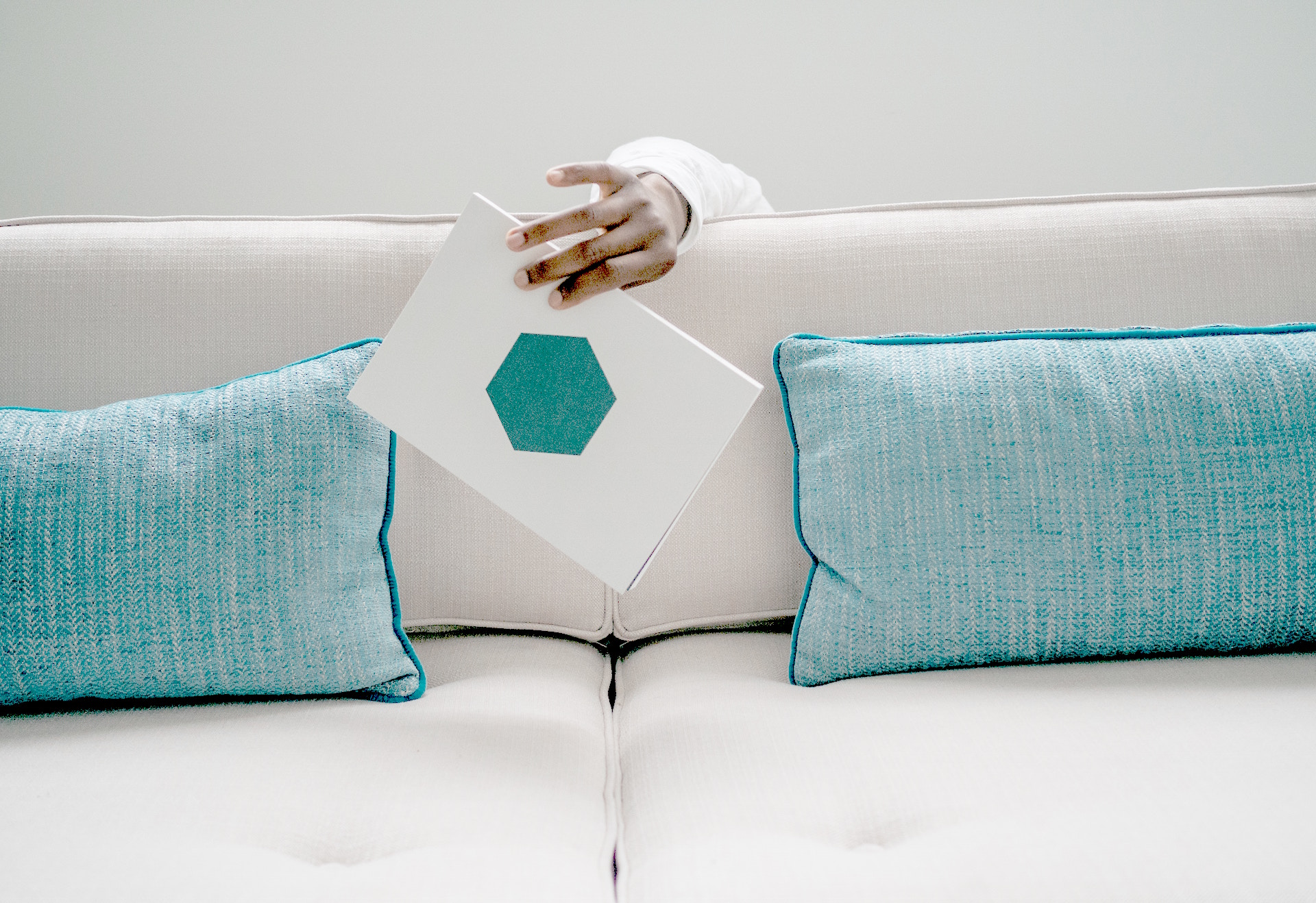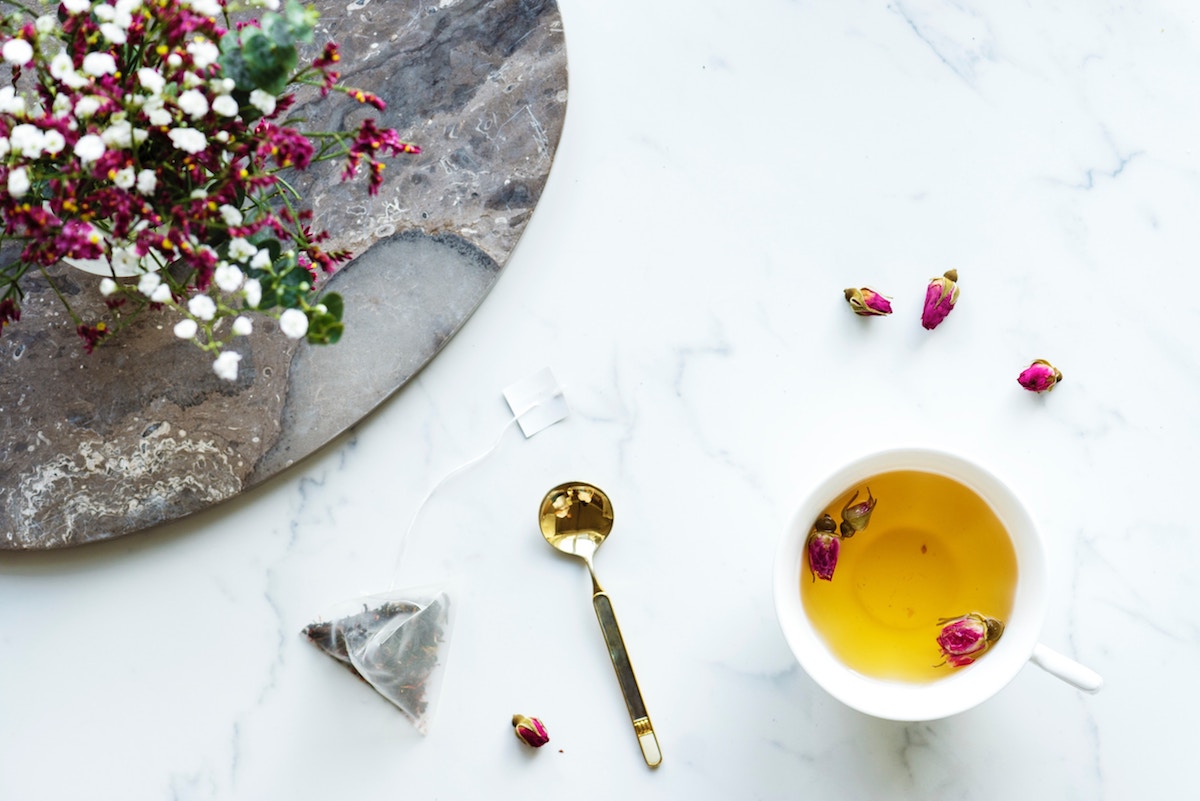Spring is the emergence from the underworld of Winter, which is a time for introspection and completion. Spring’s energy is new, fresh, blossoming, opening …
A common ritual to welcome Spring is the Spring Clean. It’s time to dust off the old and give it new life. For some, a Spring Clean includes switching out the winter wardrobe for lighter fabrics and perhaps brighter colours. It’s removing anything that is baggage in any way to create space for the new, to plants seeds.
For the past 20 years or so, I’ve been moving house and even country every two years so decluttering is a built-in process. Over the years, I’ve tried different approaches, from no system/ad-hoc to a month-long decluttering schedule, with varying degrees of success. Sometimes, in a need to purge, I’ve given away items that I did later regret.
One system/philosophy that I have yet to try is the KonMari Method. To say the KonMari Method is a global phenomenon would not be an understatement. After reading her books I can see why decluttering and tidying guru Marie Kondo has such a huge following.
Here’s why I think the KonMari Method makes sense and why I encourage you to test drive it this Spring.
What is the KonMari Method?
Marie Kondo’s 6 rules
-
COMMIT YOURSELF TO TIDYING UP
-
IMAGINE YOUR IDEAL LIFESTYLE
-
FINISH DISCARDING FIRST
-
TIDY BY CATEGORY, NOT BY LOCATION
-
FOLLOW THE RIGHT ORDER – CLOTHES, BOOKS, PAPERS, KOMONO (MISCELLANY), AND LAST SENTIMENTAL ITEMS
-
Ask yourself if it sparks joy
Once you have followed these six rules for discarding, tidying, and storing everything, maintenance is putting things back to their assigned places. Do read the books for all the details and her answers to commonly asked questions like what to do with utilitarian items that spark no joy.
Why I love this system
In the grand scheme of things, the KonMari Method is about self-knowledge and living a more connected and spiritually-rooted life.
On a more mundane level, it is practical and helps us navigate through common blocks in this decluttering and tidying process.
For me, my study is most often the starting point. This is invariably the craziest place with books, files, art, supplies, and more books. I tidy my desk, my cabinets, my trays, sorting my pens (which ones need new ink, which ones can be recycled), sorting my stacks of paper (which ones can be consolidated, which ones are duplicate, which ones to be recycled), sorting my books, course manuals, sketch pads (returning them to the shelves, library, or to be recycled). Okay so far so good.
Then … I screech to a halt.
For me, one of two things can happen and maybe it’s the same for you?
First I’ve probably been doing this for a number of non-stop hours and I’m pretty pooped, energetically. I get into the zone of overwhelm. See, it’s not only / always time management that keeps us from doing things and getting them done. It is our energetic management aka resilience. Yes, over time, I’ve copped onto what’s happening and I pace myself.
[If cleaning causes you anxiety, try diffusing 100% natural essential oils like peppermint and orange or if you need to focus, try cinnamon.]
The other sabotage is that walk down memory lane. This happens when I start sorting my photos. All of a sudden I’m back in 2012, re-living through photos I haven’t seen for a while, sparking all kinds of memories and activating all kinds of energetic chords. Once I even found photos from high school! The next thing I know, it’s dark and it’s been hours, literally. And it’s time to walk the dogs and get everyone fed.

That is why the KonMari Method is great. Rule #4 is go by category, not by location! Instead of doing the study one day, the closet in the hallway the next, then your living room, you do it by category. Do all the books together, all the clothes together, all the art supplies together, wherever they are in the home.
The intelligence behind this ⇒ Everything has a place.
The goal is to put everything away. By the end of the process, everything has its own place. To do this, we need to know how big this place needs to be.
When we go through our place by category, rather than by location, we get to see how much of each type of “thing” we have. We may find we actually have three copies of Pride & Prejudice (okay, if you are actually a collector) or six packs of double A batteries.
Knowing what we have in totality helps us make better decisions, which include not buying more stuff unnecessarily, and to make better consumer choices. Quality over quantity. Environmentally-friendly options. Heart-centred purchases over subconscious pursuit of a core desire. Experience and connection over material possession.
Rule #5 says there is a specific and a right order to the category of things – clothes, books, papers, komono (miscellany), and last sentimental items.
[Try folding your clothes this way]
All the sentimental things – LAST! So for most people, photos are probably in this category so you don’t get caught in a wrinkle in time. You’ll have to decide what belongs in this category, which includes anything that requires more than a quick yes/no response. Our relationship with items in this category is more complicated. For Enneagram Type 5s, books are likely in this category and I would suggest doing them last, rather than second (according to the KonMari Method).

Why Declutter?
Everything has energy, even what we call the inanimate. And everything has its own energetic imprint and signature, its own frequency. You and I also have our own energetic signature. Even though “stuff” may be stored away, they are still adding layers of energy to our environment. Our subconscious mind (which records everything!) still knows.
Is this the level of loving care and attention we want to shower on items we once desired and even cherished? Hidden away? Or put in a bag to see if we want it in one month’s time? If it wasn’t something we wanted, it is a good time to ask ourselves, why in the world do we even have it? Are we scared of appearing ungrateful or feeling guilty if we re-gift something that does not spark joy in us?
One way to recirculate items, aside from recycling and upcycling, is inviting your friends and neighbours to a swap. Give everything a new chance of being loved and being useful.
In line with the Buddhist tradition, non-attachment allows free movement of energy and freedom of choice. There is also a call to be present and sensitively awake to all that is in our environment, precisely because of this impermanence related to non-attachment.
When we go through the process of decluttering, we are often faced with difficult questions and choices. Many of us have probably hung on to that dress or those pants, thinking yeah one day … Or it’s a momento of a special period in our lives.
There is a place and time for everything. How would it feel to be surrounded by what is meaningful and inspiring? To create a state of equanimity, what Russ Hudson calls “spaciousness of heart”?
Looking at these relationships, these people, this stuff helps move us forward to a real spring in life. Emotional baggage, as we all know, can sabotage a good thing. To do a declutter/tidy and reset, we have to be honest with ourselves and in this seemingly simply action, we can be transformed.
Let us focus on what sparks joy in us and let go of those items that no longer do.
Let us spring forward, knowing that there are more wonderful memories to be made in the present and the future.
Let us declutter for real and make room for the new.

